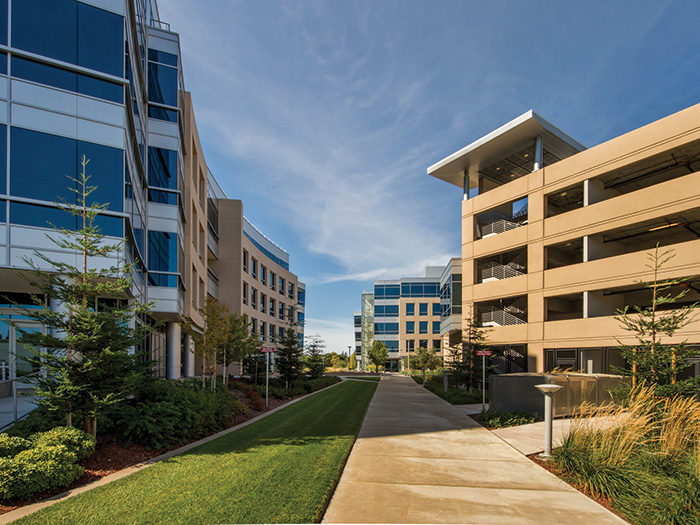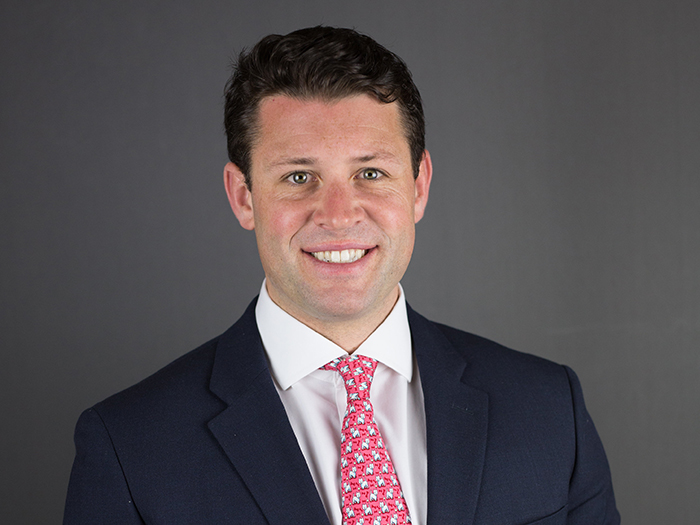Underinsured Properties Are Crushing Reinsurers. Why Proper Valuations Will Be a Focus for Years to Come

The U.S. property insurance market is facing one of the most difficult times in its history.
Rates have continued to skyrocket over the past five years, peaking at an 8% increase in the third quarter of last year — the 20th consecutive quarter of rises — according to Marsh.
The latest spike has been driven by sharp increases in the treaty and facultative reinsurance markets at the midyear point. As losses from the Ukraine conflict and extreme weather events globally have continued to mount, this has culminated in significant hikes at the 1/1 renewals, resulting in what Howden Broking has described as “one of the hardest reinsurance markets in living memory.”
Though the most recent rise wasn’t as large as the one in 2020, when rates were closer to the height of the correction cycle, insureds continue to be hit hard by increasing costs in this economically tough period.
The problem runs far deeper, however, with 40-year record high inflation taking hold over the past 12 months; widespread supply chain disruption caused by geopolitical instability and climate change; rising materials costs and labor shortages; and significant loss experience, where adjusted loss amounts were vastly higher than reported values. As a result, many businesses find themselves either underinsured or with large gaps in their property insurance programs.
This is evidenced in a recent study of property appraisals by Kroll, which revealed that 68% of buildings valued from 2020 to 2021 were underinsured by 25% or more, and 19% were underinsured by 100%. In total, close to 90% of the buildings appraised were undervalued.
“Too many losses have proven [that] reported values [are] inadequate when losses are adjusted and repairs and replacements are made,” said Rick Miller, U.S. property leader for Aon Commercial Risk Solutions. “Inflation has had an impact on valuations but is not the only reason.
“Labor shortages, supply chain complications and lower starting values have all contributed to the current valuation situation. The current reinsurance crisis for property CAT cover is largely a result of inadequately reported values/exposures, which have generated much larger losses than expected and [insufficient] premiums to address the losses.”
Failure to ensure a property is correctly valued can result in underwriters imposing coinsurance, removing blanket occurrence limits of liability and apply limits per location, among other measures. Claims adjustments can also be harder to fulfill if the loss measurement is higher than reported values.
“Every time we put a submission out in the marketplace, we are asked by the underwriter about the client’s process for calculating replacement costs,” said Michael Rouse, U.S. property practice leader at Marsh. “They want to know how their property portfolio has changed year on year, how they do a valuation of their building and contents, and what their business interruption procedure is.”
Rise in Natural Disasters
The problem of underinsurance has been compounded by the nationwide property damage caused by increasingly unpredictable, frequent and severe catastrophic events, such as Hurricane Ian in September and Winter Storm Elliott in December. In response, some insurers have gone so far as to pull coverage in areas exposed to more prevalent risks, like wildfires in California.
Added to that, social inflation has continued to push claims costs up. Many insurers have responded by increasing rates, reducing limits, and tightening terms and conditions. The trend started in Q4 2017, when it became unsustainable to provide rates at that level. But now, it’s across the board as they have struggled to achieve the reinsurance limits they need and have had to increase their attachment points.
“Reinsurers have less capital because increasing interest rates decreased the value of bonds on their balance sheets, so many of them reduced their available capacity and increased prices,” said Jeff Duncan, executive vice president, commercial lines at AmTrust. “That increases the capital burden for insurers who can’t buy as much reinsurance, driving up prices in addition to passing on the higher cost of reinsurance.”
To ensure that they aren’t left exposed should the worst happen, risk managers and their companies need to be on the front foot when it comes to identifying, understanding and mitigating property risks. That includes knowing what they are covered for and, if they aren’t, securing the necessary coverage.
“Risk managers need to work with their broker and insurer partners to constantly evaluate their risk exposures, because they are always changing and they need to be in front of those,” said Peter Fallon, national property practice leader at Risk Strategies. “They can’t rely solely upon a statement of values to manage their risk effectively — they need to understand it from a peril and supply chain standpoint.”
Regular Property Valuations
It’s also vital to reevaluate property values at least every six months to make sure that they are accurate. As well as helping to ensure the right level of coverage, it means the insurer is receiving the right premium to cover its costs.
“First and foremost, companies need to work with their external risk partners to get accurate valuations for all their property that is in line with today’s construction and rebuilding costs,” said Charles Greer, vice president, large property leader at QBE North America. “They must also ensure that their underwriter has a full understanding of how their operation works and the risk involved, and therefore be able to provide them with the coverage they need to protect them in the event of a loss.”
Once they have an accurate valuation, insurers can work out possible loss scenarios. That also enables them to provide a more accurate quote.
“It all starts with an accurate valuation,” said Michael LaRocca, head of property and specialty for North America at Swiss Re. “That allows us to model for expected losses and therefore ensure the insured receives the best coverage.”
That must be reinforced with a robust risk management strategy. The more bulletproof the strategy, the better quality of risk it will be considered by insurers.
“Having a strong risk improvement strategy and story around capital investment into the risk is key when going to the market to get the best price and coverage,” said Mike Andler, property practice leader at Lockton. “It’s also essential to have flexibility in all aspects of arranging insurance programs.”
Artificial intelligence and analytics also have a key role to play in assessing and pricing the risk. Used in conjunction with human underwriters, the degree of accuracy they can provide ensures that clients are provided with the right coverage.
“By using AI to review their portfolio, risk managers can set their own scope and tolerance threshold for each property feature,” said Attila Toth, founder and CEO of ZestyAI. “After performing the assessment, they can then act on the high-risk policies that have been identified to mitigate against the exposures.”
Many insureds are increasingly turning to alternative solutions, such as parametric insurance, in a bid to reduce costs. Others have taken on higher retentions through captives and other risk transfer vehicles.
While rate increases may have decelerated slightly since 2020, they are expected to pick up again in 2023 and beyond as capacity continues to tighten. That’s why it is critical for companies to have the right property valuation and level of coverage in place to mitigate the loss. &











